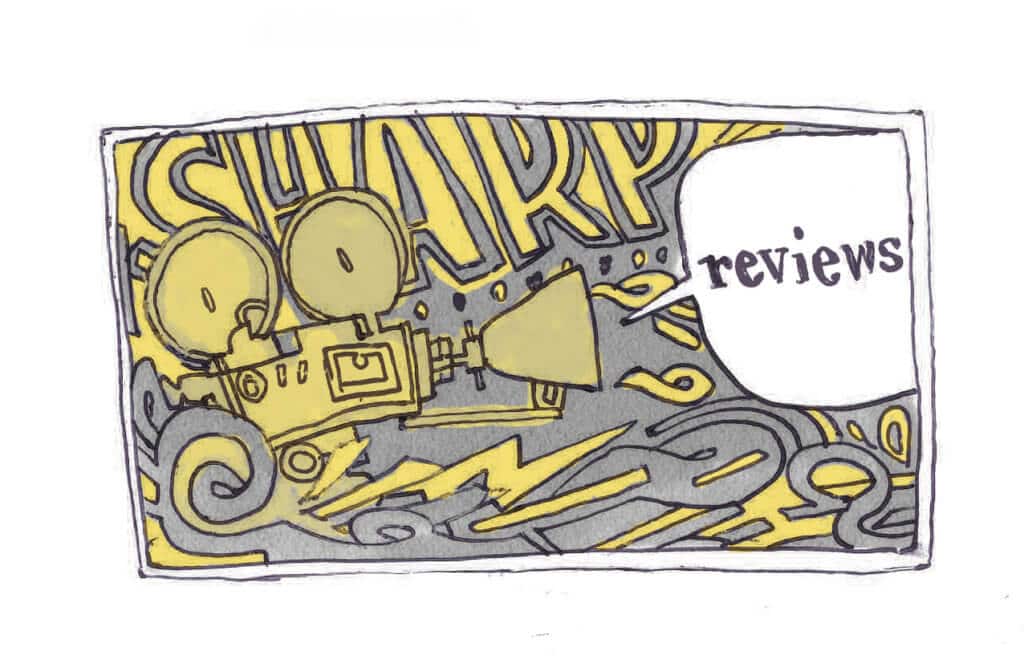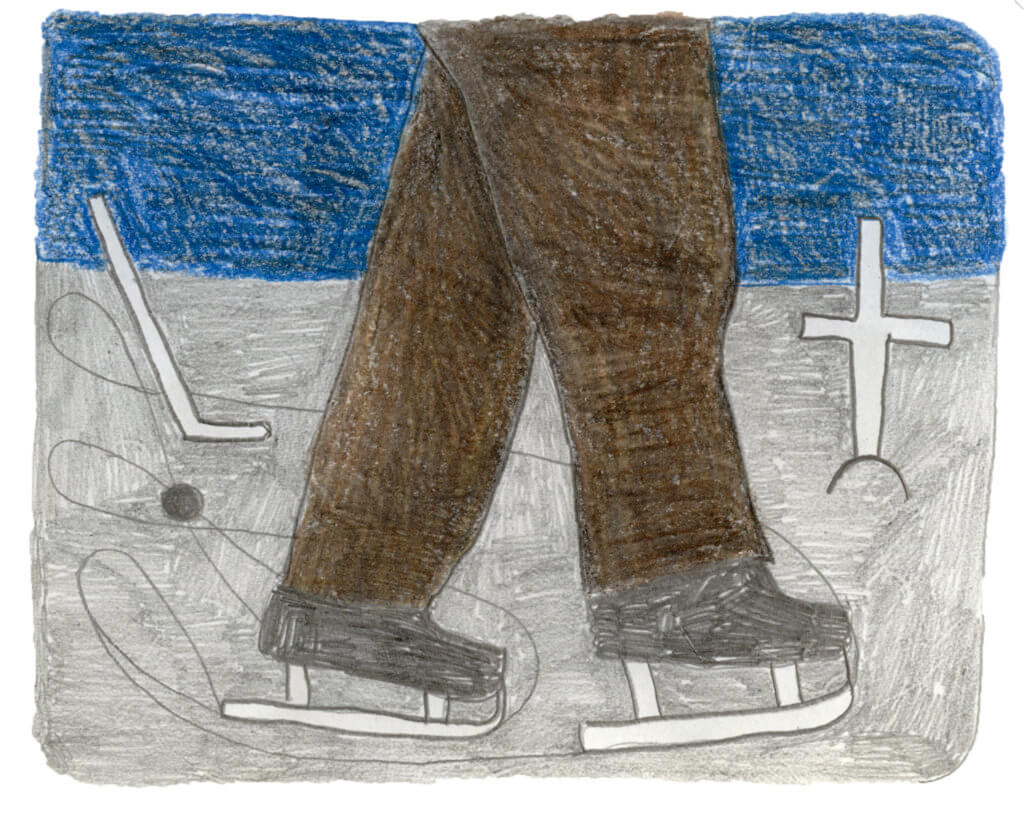As affecting as it is beautifully constructed, ‘Indian Horse’ is a landmark in Canadian film.
 At first it seems like it might be a documentary. Cinematographer Yves Bélanger’s beautiful, calm camera work suggests Indian Horse is firmly grounded, entirely occuring in one place over a few years. It’s not. Soon we’ll become unstuck in time and slide through Saul Indian Horse’s life.
At first it seems like it might be a documentary. Cinematographer Yves Bélanger’s beautiful, calm camera work suggests Indian Horse is firmly grounded, entirely occuring in one place over a few years. It’s not. Soon we’ll become unstuck in time and slide through Saul Indian Horse’s life.
The film seems to follow a specific chronology of events: There’s a fleeting prologue in which someone, maybe Saul, is at a self-help group. Then he’s young again, living with his parents, brother and grandmother in the woods. Everything falls apart and he ends up at a residential school. This, you’d think, would be the setup of the film: a harrowing account of a young boy’s adolescence at St. Jerome’s residential school, but there’s so much more. We haven’t even gotten to hockey yet.
At first Saul finds himself drawn to the game, begging Father Gaston to let him play, spending hours teaching himself to skate and shoot. Soon enough Saul excels at the game, despite not even being old enough to play on the St. Jerome’s team. After a few years of playing for them, hockey becomes his ticket to freedom. Saul is adopted by an Indigenous family who runs a small team – one consisting entirely of Indigenous men. The racism they all experience while playing against white players, from both the players and crowd, is easier to handle as a group. It even brings them closer; a sense of camaraderie easily forms. Eventually, however, Saul is noticed by white Toronto recruiters. Although Saul is initially hesitant, his current teammates effectively guilt him into joining the Toronto team. He’s got a chance to make it to the NHL, a dream shared by the whole team, and they refuse to let him turn it down. They put the onus on him to trailblaze for Indigenous kids.

The narrative is erratic: It leaps forward in time seemingly at random, with little indication besides the occasional age jumps when Saul’s actor changes. We meet Saul at three distinct points in his life: at age six he is played by Sladen Peltier, at 15 by Forrest Goodluck, and at 22 by Ajuawak Kapashesit. All three actors are incredible. Individually, each expresses incredible pain through face and voice. As an ensemble, they effectively come across as the same person throughout one life, a feat worthy of praise in and of itself.
Giving us this panoramic view of Saul’s life allows us to see the links that a more micro perspective wouldn’t allow: Early trauma snowballs throughout his time as a young man, smashing any sense of self-worth and normalcy he might ever have attained.
However, this erratic structure and hyper-focus on Saul also results in underdeveloped secondary characters. Most high-profile reviews find this to be a major problem. While I agree that everyone else isn’t fully fleshed out, in my opinion it doesn’t matter. Saul isn’t reflecting on his relationships; he’s mentally excavating himself, searching through unconnected moments within his unwieldy psyche, hoping to find the one which ruined him. We see the moments Saul can’t escape – haunting moments, memories vital to his psychology – and then we’re whisked away to another memory. Frankly, I don’t really care if Father Gaston, the one priest who showed Saul kindness, felt conflicted. Move over Gaston; this is Saul’s story.
Perhaps the most ingenious part of Indian Horse is incorporating hockey and residential schools into one story. The former serves as an excellent mirror to the latter, exploring how the racism most modern Canadians think was confined to the schools was a part of the DNA of perhaps the most Canadian sport: mid-level hockey.
Indian Horse is vital Canadian cinema. The content is elegant, thoughtful and impactful. The visuals are consistently great and occasionally brilliant. I have no criticisms. It’s coming out on Blu-Ray soon – watch it.





